It’s easy to assume that memory and learning belong strictly to animals with brains.
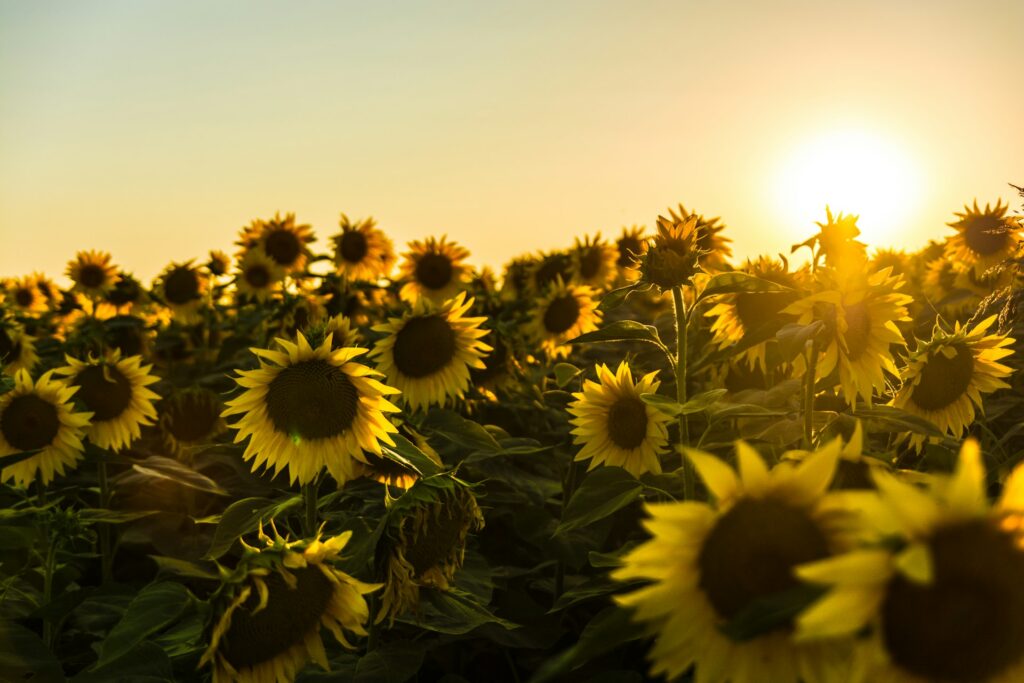
However, plants, in their own slow and sensory-rich ways, are far more responsive than they seem. Research over the past few decades has revealed that some species can retain information, alter their behaviour based on experience, and even “remember” environmental cues. Here are some of the ones that show us memory isn’t always neurological—it’s also botanical.
1. Mimosa pudica (The sensitive plant)
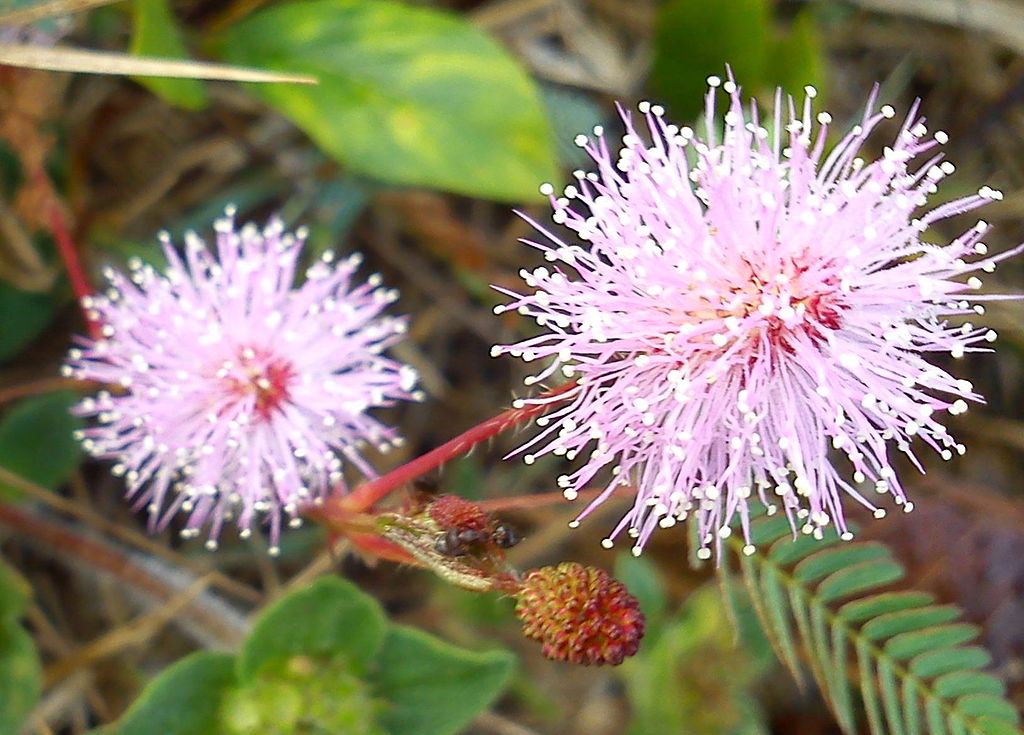
Mimosa is known for its rapid response to touch—its leaves fold inward almost instantly when disturbed. But in a 2014 study, researchers found that after repeated non-harmful drops, the plant stopped closing its leaves. It had “learned” that the stimulus wasn’t dangerous and adjusted accordingly.
Even more fascinating, this memory persisted for weeks, suggesting a form of long-term learning. Mimosa doesn’t have neurons, but it demonstrates habituation—a basic form of learning observed in animals. It’s a clear sign that plants can modify behaviour based on past events.
2. Venus Flytrap
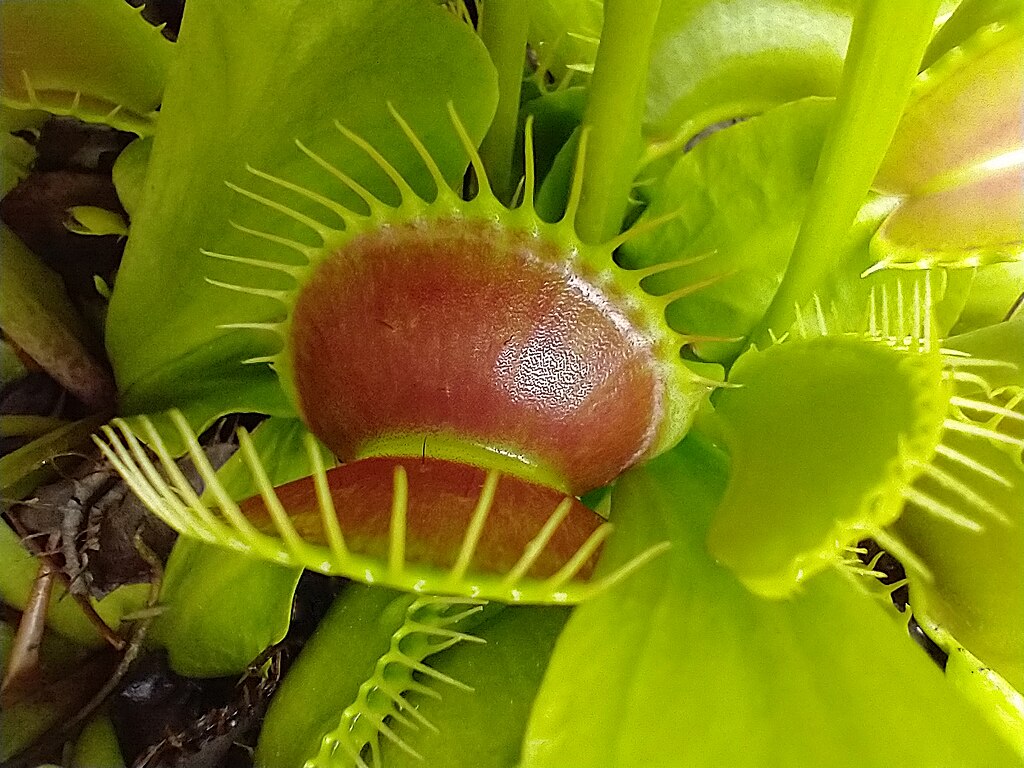
The Venus flytrap famously closes its trap when two trigger hairs are touched in quick succession. That brief delay isn’t accidental—it’s a kind of short-term memory. The plant stores a signal from the first touch and waits to see if it’s reinforced before reacting.
If the second touch doesn’t happen within about 20 seconds, the memory fades. This mechanism helps avoid wasting energy on false alarms like raindrops or debris. It’s a subtle but precise form of timed recall, driven by electrical signals rather than thought.
3. Arabidopsis thaliana (Thale cress)
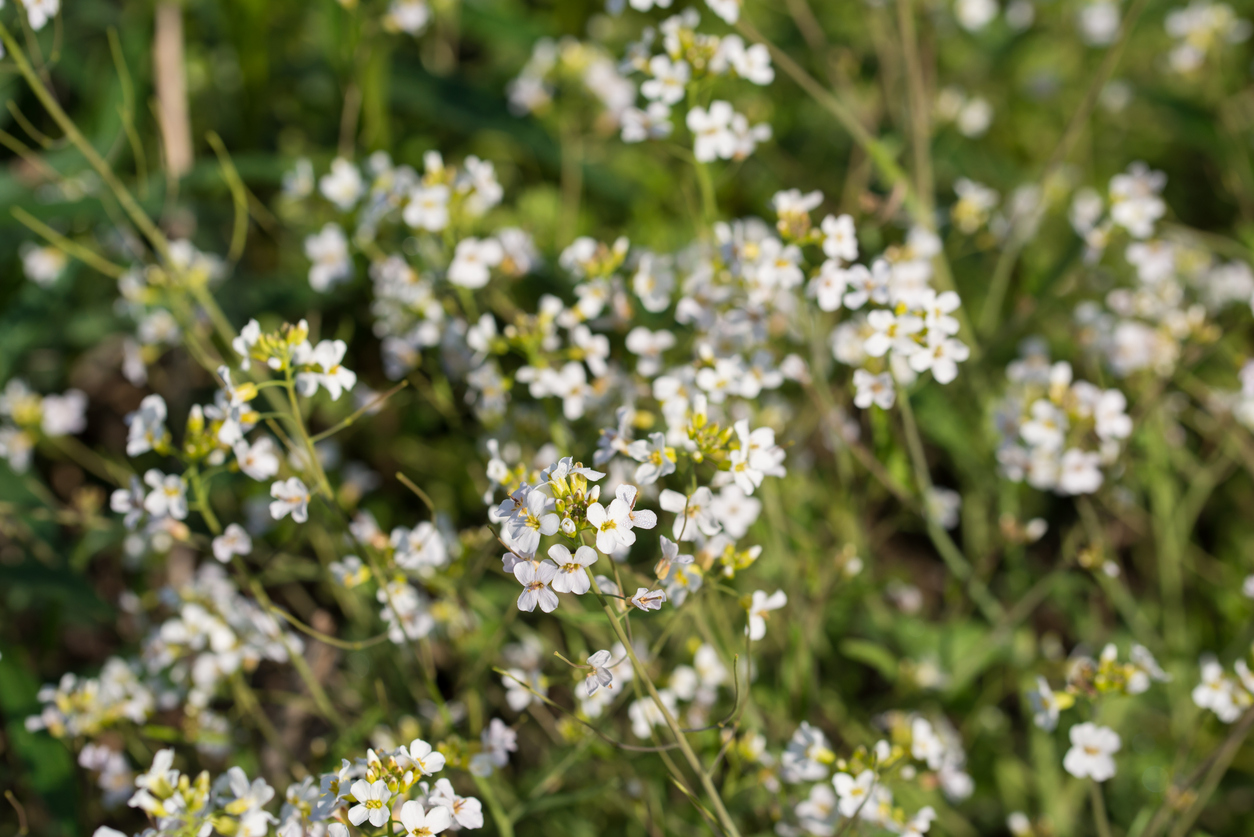
Arabidopsis is a model organism in plant biology, and it’s been shown to have a kind of genetic “memory” that affects how it reacts to stress. When exposed to drought or temperature extremes, it modifies its gene expression in a way that lasts long after the stress ends.
Even future generations grown from the same plant can inherit this altered response, suggesting a transgenerational form of environmental memory. It’s not learning in a conscious sense—but it’s a kind of adaptation rooted in stored experience.
4. Maize (Corn)
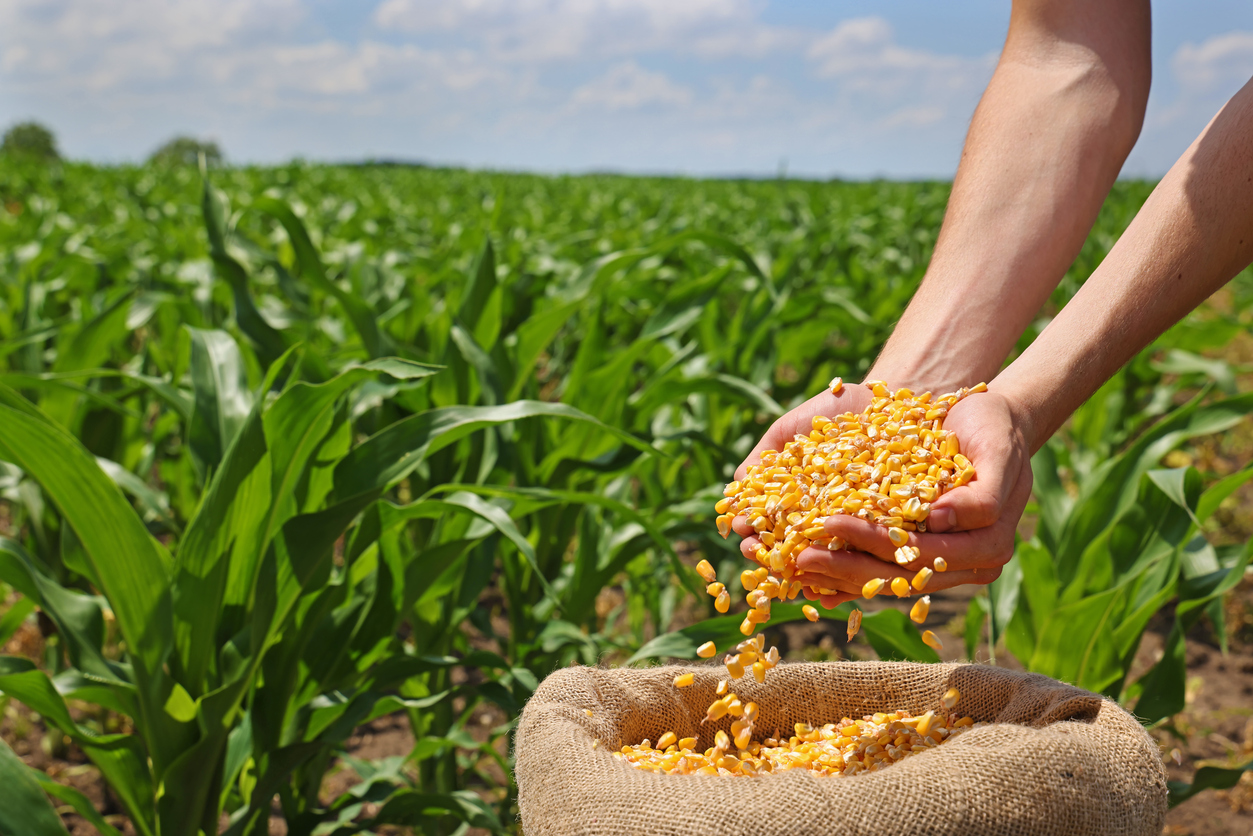
Maize roots can “remember” the location of past obstacles. In controlled experiments, roots that had previously encountered a barrier grew differently in the same direction, even after the barrier had been removed. They avoided the same path, as if recalling it was unviable.
This shows that root systems aren’t just reactive—they’re predictive. They use prior interactions to inform future growth strategies, indicating a kind of spatial memory that helps them optimise their environment.
5. Pea plants

In a study from the University of Western Australia, pea plants were trained using a fan and light. They learned to associate the fan’s presence with light exposure, and would grow toward the fan even when the light source was removed—much like classical conditioning in animals.
This experiment pushed the boundaries of how we think about plant behaviour. If a seedling can anticipate light based on a sensory cue, it’s not just reacting—it’s predicting. That suggests memory and learned association in a surprisingly familiar form.
6. Sunflowers
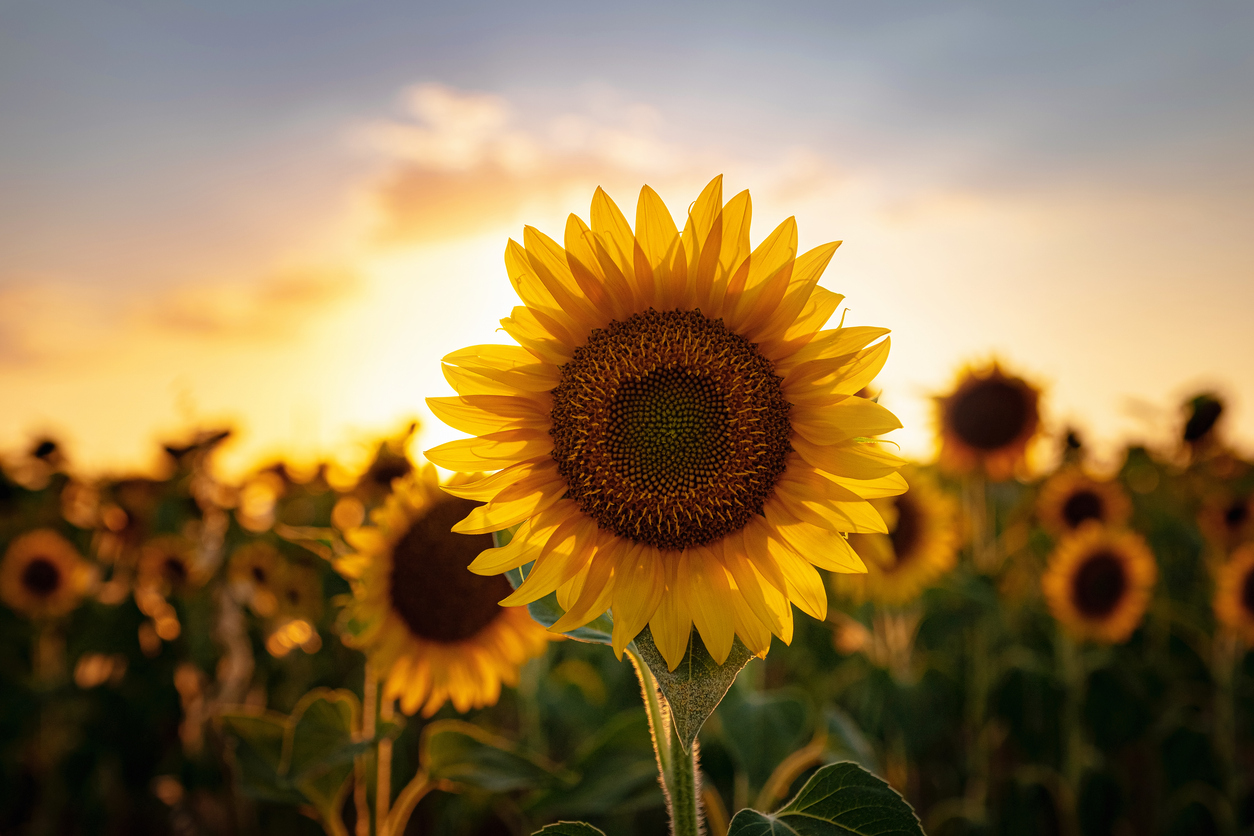
Young sunflowers famously track the sun from east to west during the day. But what’s less known is that they rely on an internal circadian rhythm to do it—even in darkness, they “remember” the direction the sun should rise and begin reorienting before dawn.
This internal timing isn’t just mechanical—it’s influenced by past exposure. Disrupt their rhythm for long enough, and they stop tracking properly. In that way, their movement is guided by a kind of biological memory shaped by previous cycles.
7. Orchids (Some species)
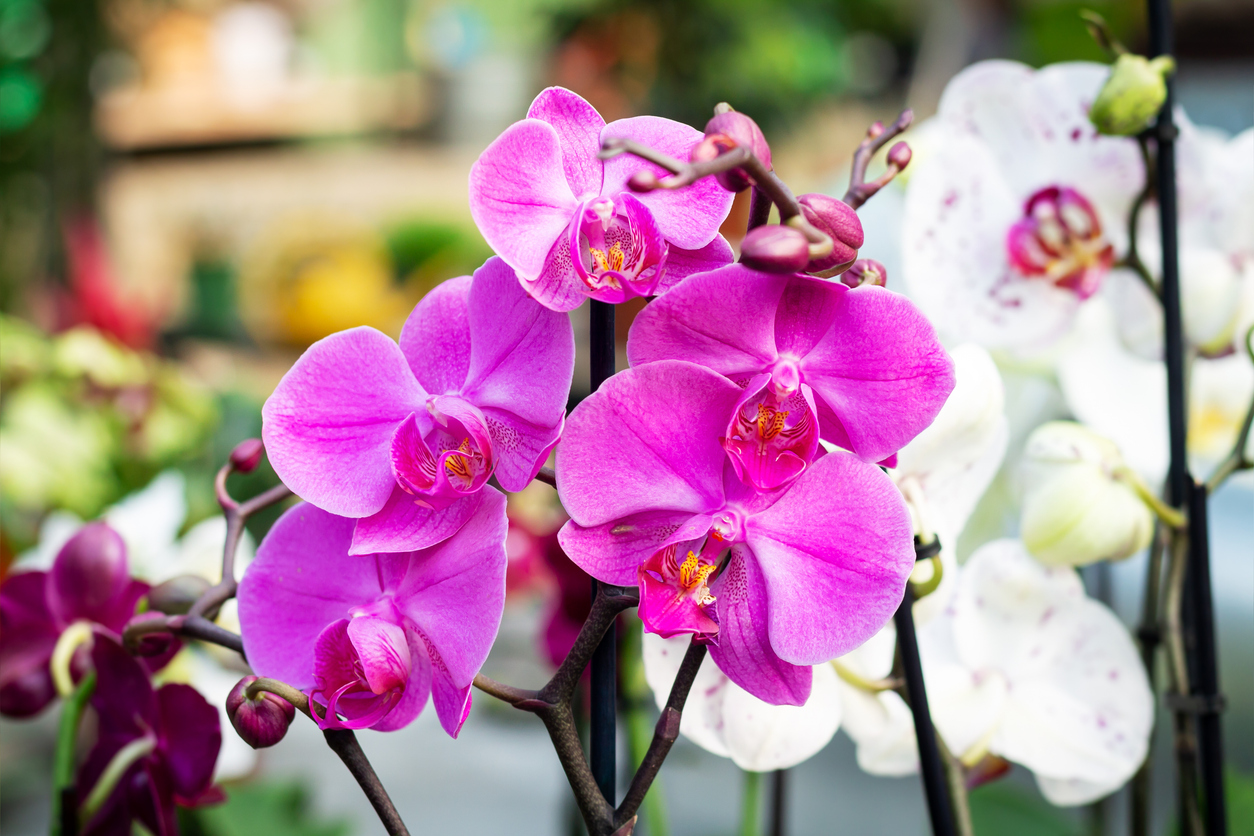
Some orchids can “remember” pollinator interactions and adjust how much nectar they produce based on past visits. If a pollinator has already been to several nearby flowers, the orchid may reduce its reward to save energy, assuming the insect is less likely to return.
This kind of resource allocation, based on past encounters, suggests a selective response informed by experience. It’s not sentient planning, but it’s strategic enough to qualify as learned efficiency.
8. Beans (Phaseolus vulgaris)
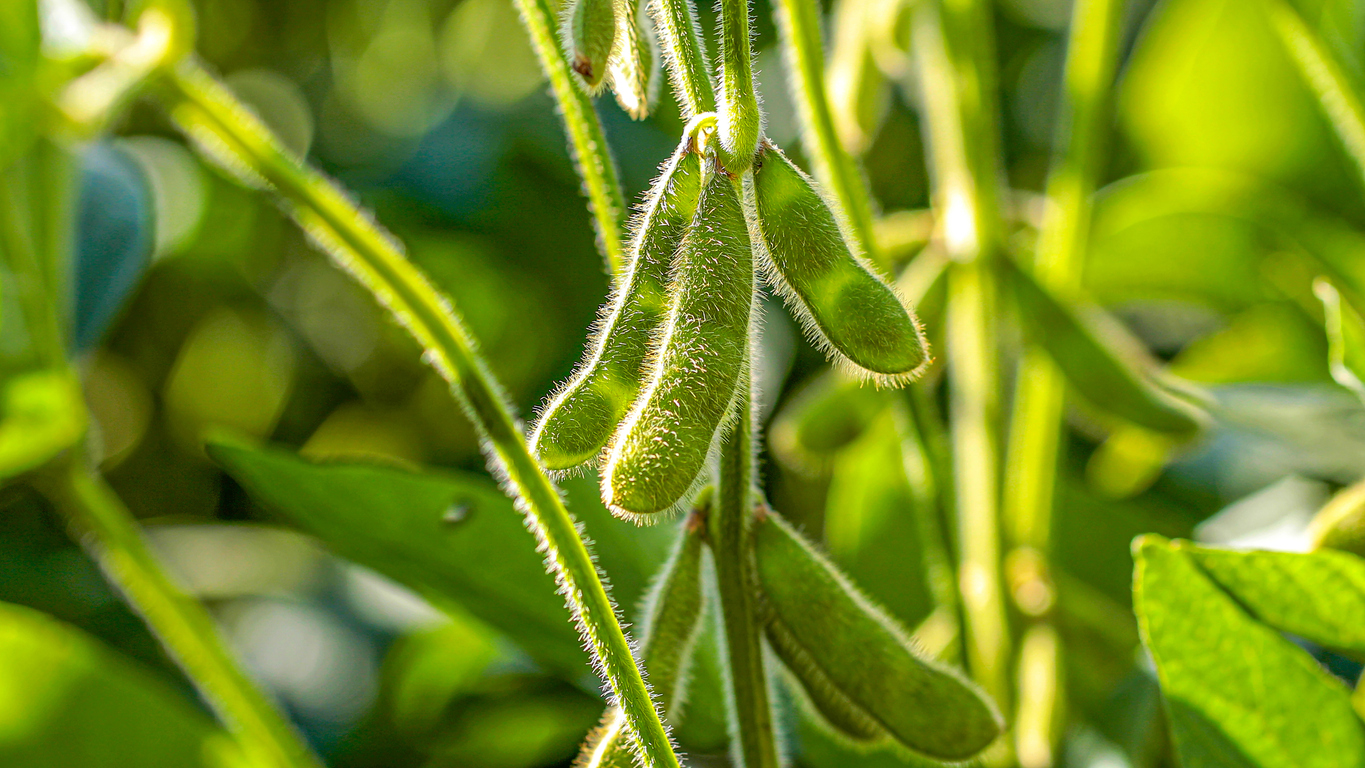
Bean plants have shown signs of risk assessment based on past mechanical stress. In one study, plants that had previously experienced shaking—mimicking wind—grew shorter, sturdier stems in future growth cycles, even when the shaking stopped.
This suggests a form of somatic memory—where the body “remembers” past events and alters future development. It’s a survival strategy that adapts to what the plant has already lived through.
9. Tobacco plants

Tobacco plants under threat from herbivores release chemical signals to attract predators of the pests. But they don’t do this indiscriminately. They’ve been shown to respond more strongly if they’ve encountered the threat before—indicating a primed state based on prior experience.
This memory isn’t stored in a brain, but in biochemical feedback loops. The plant is more efficient and reactive the second time around, much like an immune response—but behavioural in nature.
10. Ferns (Ceratopteris richardii)
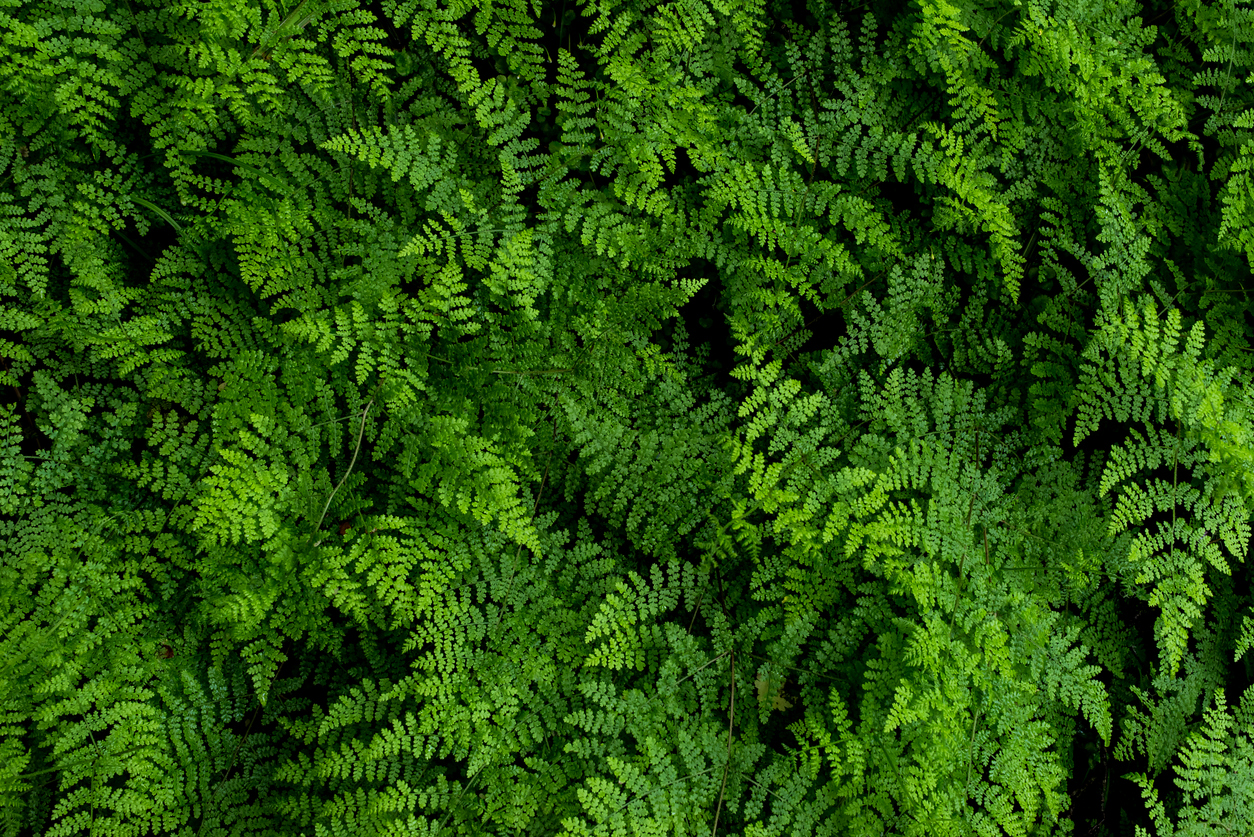
In a lesser-known study, a type of aquatic fern was shown to “learn” to suppress its spore dispersal mechanism when repeatedly exposed to non-lethal disturbances—suggesting it could distinguish between harmless and harmful conditions over time.
This form of behavioural adjustment reflects habituation—something we typically only credit to animals. But here, it shows up in a humble water fern, quietly deciding when not to waste its effort.
11. Tomato plants
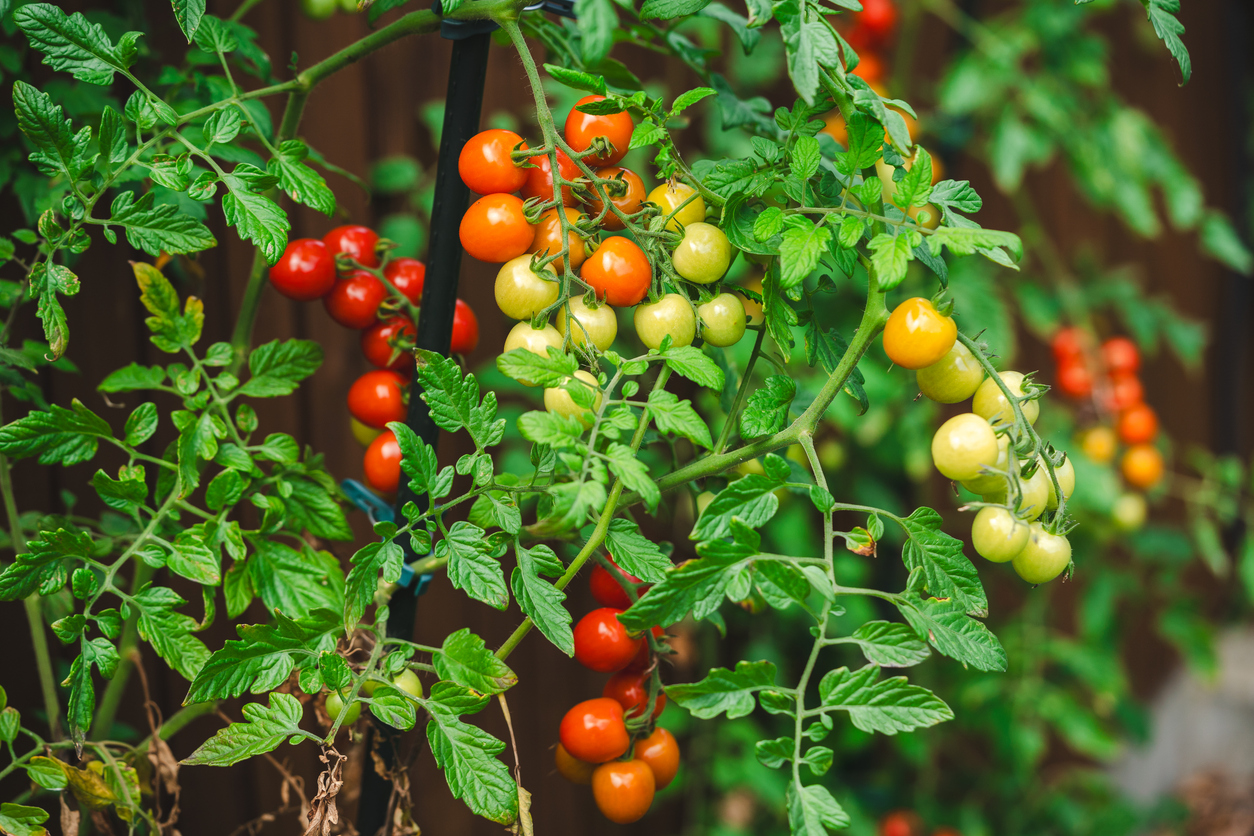
Tomatoes may remember exposure to specific pests and pass that resistance on to future leaves and even future generations. This isn’t just a defence mechanism—it’s a record. Their immune-like systems become more efficient after repeated exposure to the same threat.
Scientists have found that certain chemical signals stay active or are quickly reactivated when a known threat returns, indicating stored knowledge—not just instinct. It’s memory at the molecular level.
12. Lavender
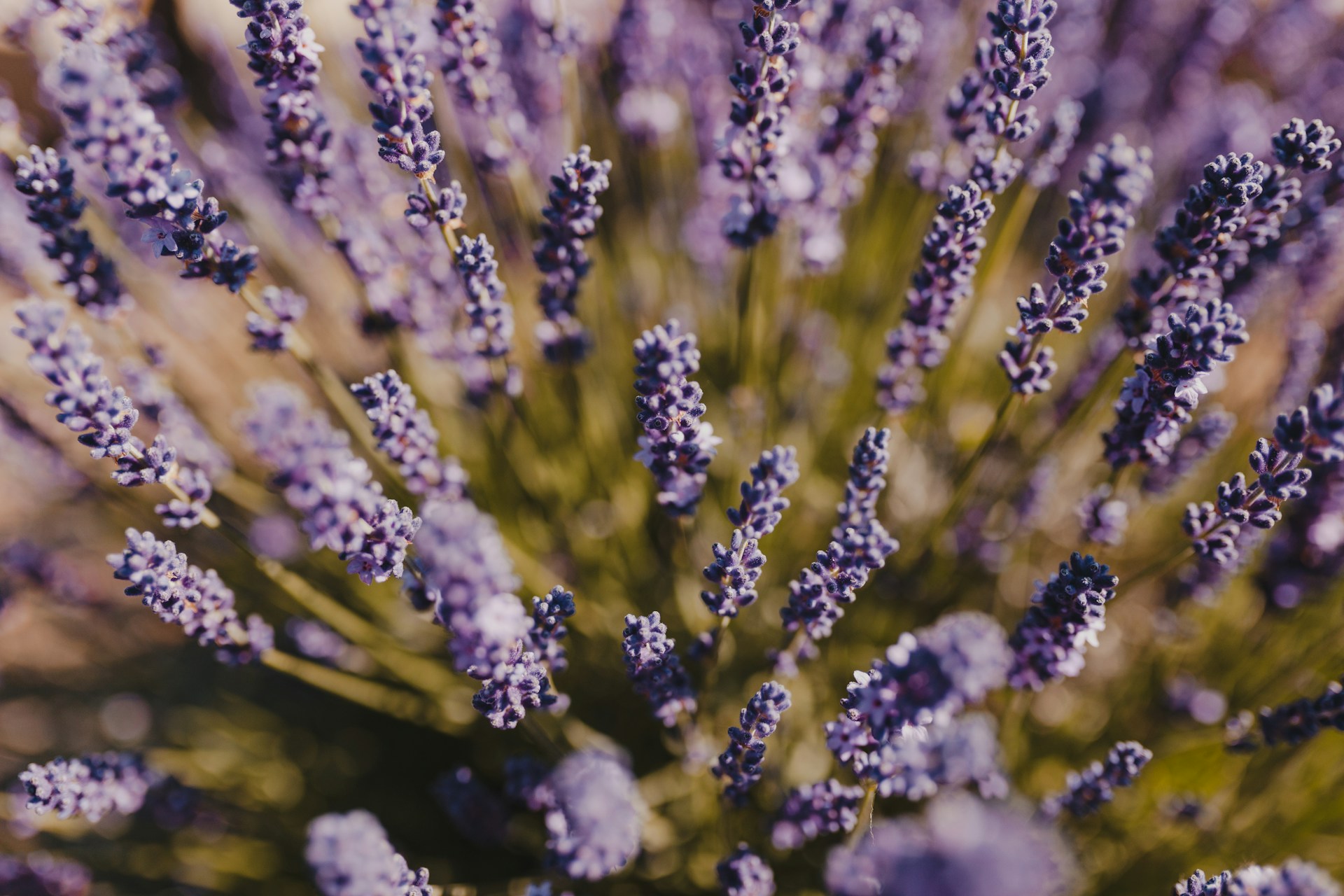
Lavender has been observed to modify oil production based on pruning history. When cut repeatedly, it “remembers” the past stress and alters its future growth and scent profile to better protect itself from overharvesting or environmental damage.
These changes aren’t immediate—they unfold slowly over time, informed by the plant’s past. It’s a subtle, chemical record of survival strategy, showing how even something as fragrant and gentle as lavender carries a quiet intelligence of its own.